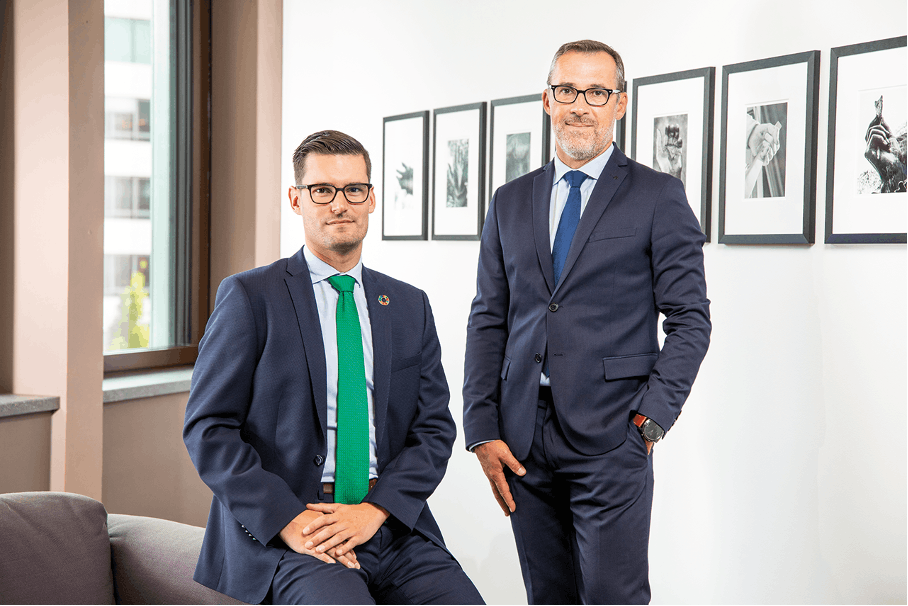For the past three years, professionals in the financial sector have witnessed an acceleration in the regulatory changes governing sustainable finance. “Whether we’re talking about SFDR (Sustainable Finance Disclosure Regulation), Taxonomy, CSRD or changes to UCITS, AIFMD or MiFID, numerous regulations are progressively being put in place. Together, they should make it possible to integrate environmental, social and governance issues into collective investment management in a consistent and harmonized manner,” explains Stéphane Badey, Partner, Arendt Regulatory & Consulting (ARC). The various texts create a new puzzle of intertwined regulations that is difficult to understand, even if you’re experienced in managing sustainable funds.
All concerned
“In the hope of guaranteeing market stability, SFDR already compels all professionals, regardless of their sustainability agenda, to integrate the risks now being caused by climate or social change and failures in governance,” explains Antoine Peter, Manager at ARC. It’s within this context that companies and funds are required to report non-financial information on their exposure to these new risks as well as their strategy for facing them. Meanwhile, investment fund managers have new transparency obligations to regulators and investors regarding how these risks will be incorporated into their management processes. Those who wish to go further and commit to sustainable finance have to meet additional requirements as dictated by sections 8 and 9 of the SFDR. “Although the market currently treats sections 8 and 9 as labels of sorts, they are, in fact, regulatory regimes that apply to certain funds and which provide additional transparency and reporting requirements. This increased transparency – particularly under article 8, which applies to a large number of products – should enable investors to select the funds that best meet their expectations,” says Antoine Peter. “This will become even clearer in July 2022, when the technical standards that complement the SFDR come into force, making it easier for customers to understand and compare financial products.” One of the major difficulties for financial market participants today is to understand these new rules, which are still being finalised at the European level before they are rolled out. Transparency standards may be enforced, but the data required to fulfil reporting requirements is not always available. Complex and as yet uncertain rules, requiring non-financial data that is currently of insufficient quality and quantity, combined with very ambitious deadlines – it is an explosive cocktail that awaits market participants as well as any industrial and commercial companies that may be seeking capital over the coming months and years.
Measuring the impacts
In time, the regulatory package and, in particular, the EU Taxonomy should offer precise criteria that will facilitate the identification of economic activities considered to be sustainable in environmental – and before long, social – terms. More generally, the question that the financial sector will increasingly have to answer is that of the impact, positive or negative, of the investments it makes. “Beyond the Taxonomy, notably for any economic activity not covered by it, managers of sustainable funds must include the Principal Adverse Impact (PAI) criteria to ensure that their decision does not undermine various sustainability criteria and demonstrate that their investments can indeed be considered as sustainable,” adds Stéphane Badey. The regulation aims to increase the transparency of sustainable investments, in the hope of moving the economy towards a more virtuous model. To that end, tax and other incentives will be granted in an increasingly systematic way to companies that commit to following this path. “Given the scale and complexity of the task, fund industry players must conscientiously prepare to take advantage of these inevitable changes,” concludes Stéphane Badey.
How can we help you?
